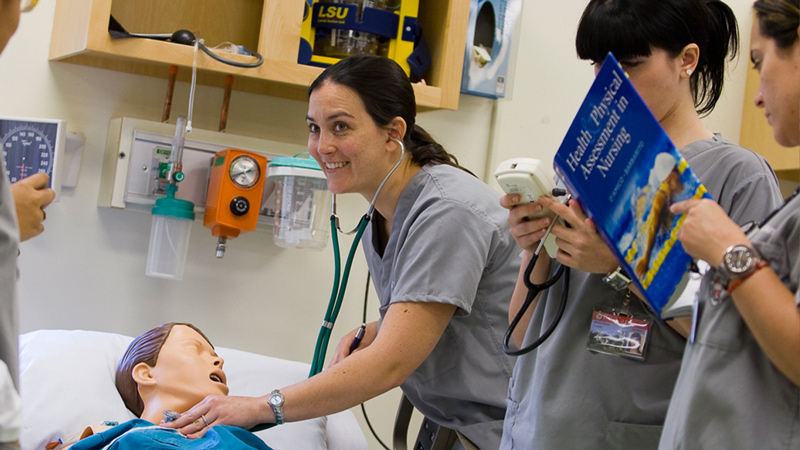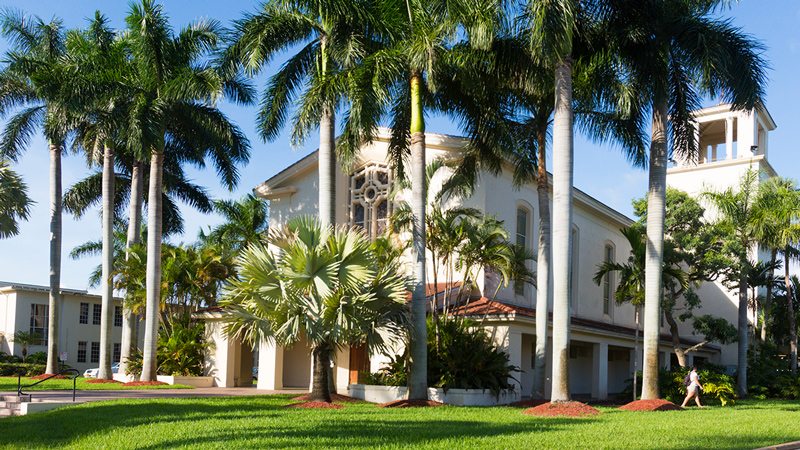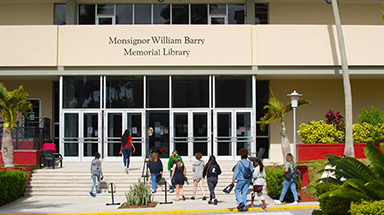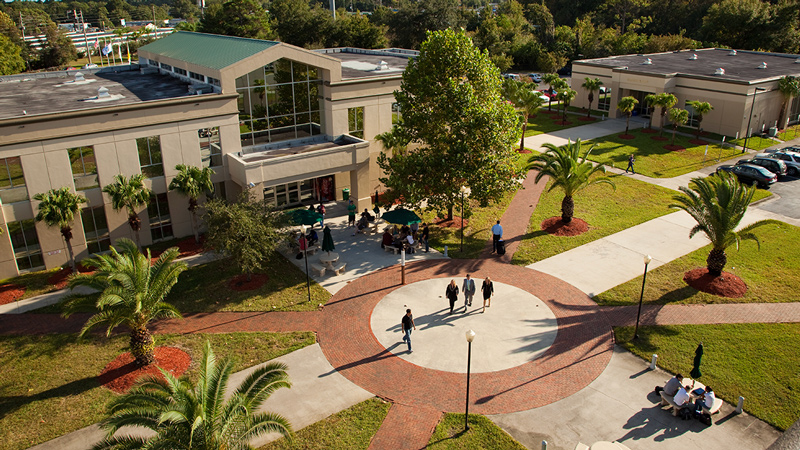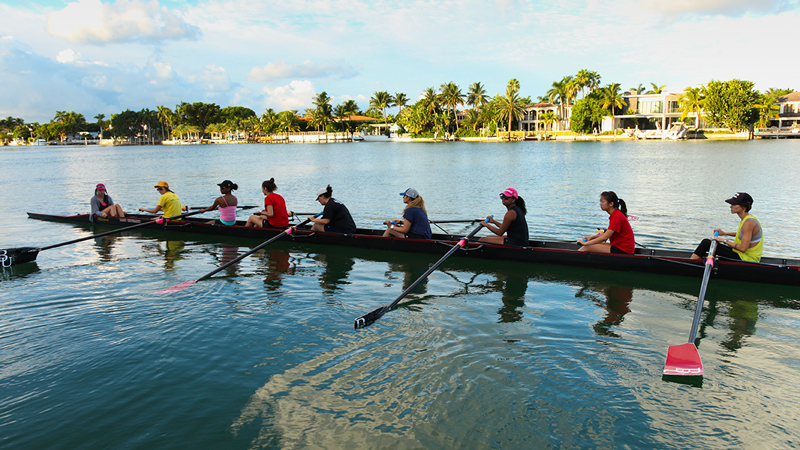A hurricane is a tropical cyclone in which winds reach a constant speed of at least 74 miles per hour (mph) and may gust to 200 mph. Spiral clouds may cover an area several hundred miles in diameter. The spirals are heavy cloud bands from which torrential rains fall and tornados may be generated. The eye of the hurricane is deceptively calm and almost free of clouds with light winds and warm temperatures. Beyond the eye, counter clockwise winds bring destruction and death to coastlines and islands in their erratic path. It is important to remember that the position of the storm given by The National Hurricane Center is the eye of the storm. High winds and heavy rain may extend up to 200 miles from the eye. Hazardous conditions may arrive six to ten hours before the eye makes landfall.
General Info
Definitions
Hurricane Season
The portion of the year having a relatively high incidence of hurricanes. The hurricane season in the Atlantic, Caribbean, and Gulf of Mexico runs from June 1 to November 30.
Advisory
A National Weather Service message giving storm location, intensity, movement, and precautions to be taken.
Eye
The roughly circular area of comparatively light winds and fair weather at the center of a hurricane. Eyes are usually 25-30 miles in diameter. The area around the eye is called the wallcloud. (Do not go outdoors while the eye is passing; the full intensity of the storm will reoccur in minutes.)
Hurricane Watch
Issued by The National Hurricane Center when a hurricane threatens, the watch covers a specified area and time period. A hurricane watch indicates hurricane conditions are possible, usually within 48 hours, but it does not mean that will happen. When a watch is issued, listen for advisories and be prepared to take action if advised to do so.
Hurricane Landfall
The point and time during which the eye of the hurricane passes over the shoreline. After passage of the calm eye, hurricane winds begin again with the same intensity as before, but from the opposite direction.
Hurricane Local Statement
A public release prepared by local National Weather Service offices in or near a threatened area giving specific details for its county warning area on (1) weather conditions, (2) evacuation decisions made by local officials, and (3) other precautions necessary to protect life and property.
Storm Surge
A dome of seawater, often 50 miles across, that sweeps the coast line inundating the land with up to 15 feet of water above normal high tide. The ocean level rises as a hurricane approaches, peaking where the eye strikes land, and gradually subsiding after the hurricane passes. Storm surge, also known as tidal flooding, has been responsible for nine out of ten hurricane deaths.
Tropical Storm
An area of low pressure with a definite eye and counter clockwise winds of 39-73 mph. A tropical storm may strengthen to hurricane force in a short period of time.
Tropical Storm Warnings
Issued by The National Hurricane Center when winds of 55-73 mph (48-63 knots) are expected. If a hurricane is expected to strike a coastal area, separate tropical storm warnings will not usually precede hurricane warnings.
